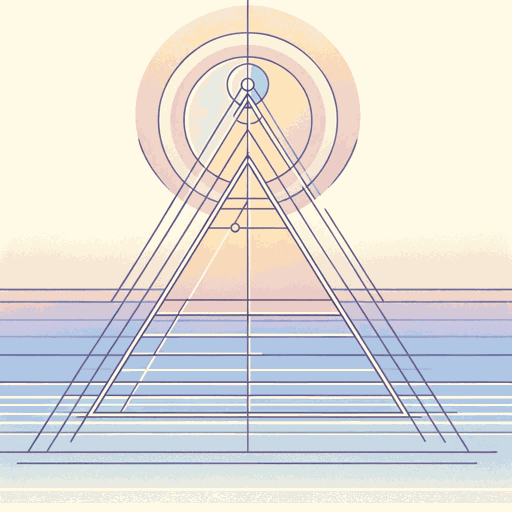40 pages • 1 hour read
Wassily KandinskyConcerning the Spiritual in Art
Nonfiction | Book | Adult | Published in 1911A modern alternative to SparkNotes and CliffsNotes, SuperSummary offers high-quality Study Guides with detailed chapter summaries and analysis of major themes, characters, and more.
Part 1, Chapter 3Chapter Summaries & Analyses
Part 1: “About General Aesthetic”
Part 1, Chapter 3 Summary: “Spiritual Revolution”
Kandinsky describes various segments of the spiritual “triangle” as it exists currently. On the lower portion of the triangle, one of the larger segments is occupied by thinkers who identify with materialism despite formally professing various religious creeds; some take materialism to its logical conclusion by denying the existence of any god. In their socioeconomic beliefs, they are democrats, republicans, or socialists. Devoted to “purposeless theory,” these thinkers have little practical experience of solving problems; they rely on those more experienced in life than they to get things done.
Higher up on the triangle are found those who openly profess atheism and positivism while taking an interest in science, art, literature, and music; the artistic style they favor is naturalism. Although outwardly confident in their beliefs, this higher segment is troubled by an insecurity about the reality of progress. This is because they realize that public opinion is changeable, that the conclusions of science are not permanent, and that ideas are in flux; they also have come to see the limitations of science in describing the immaterial aspects of the universe. In the higher segments of the triangle are thinkers who have fully realized the limitations of materialism and who make new discoveries that question materialist assumptions.

